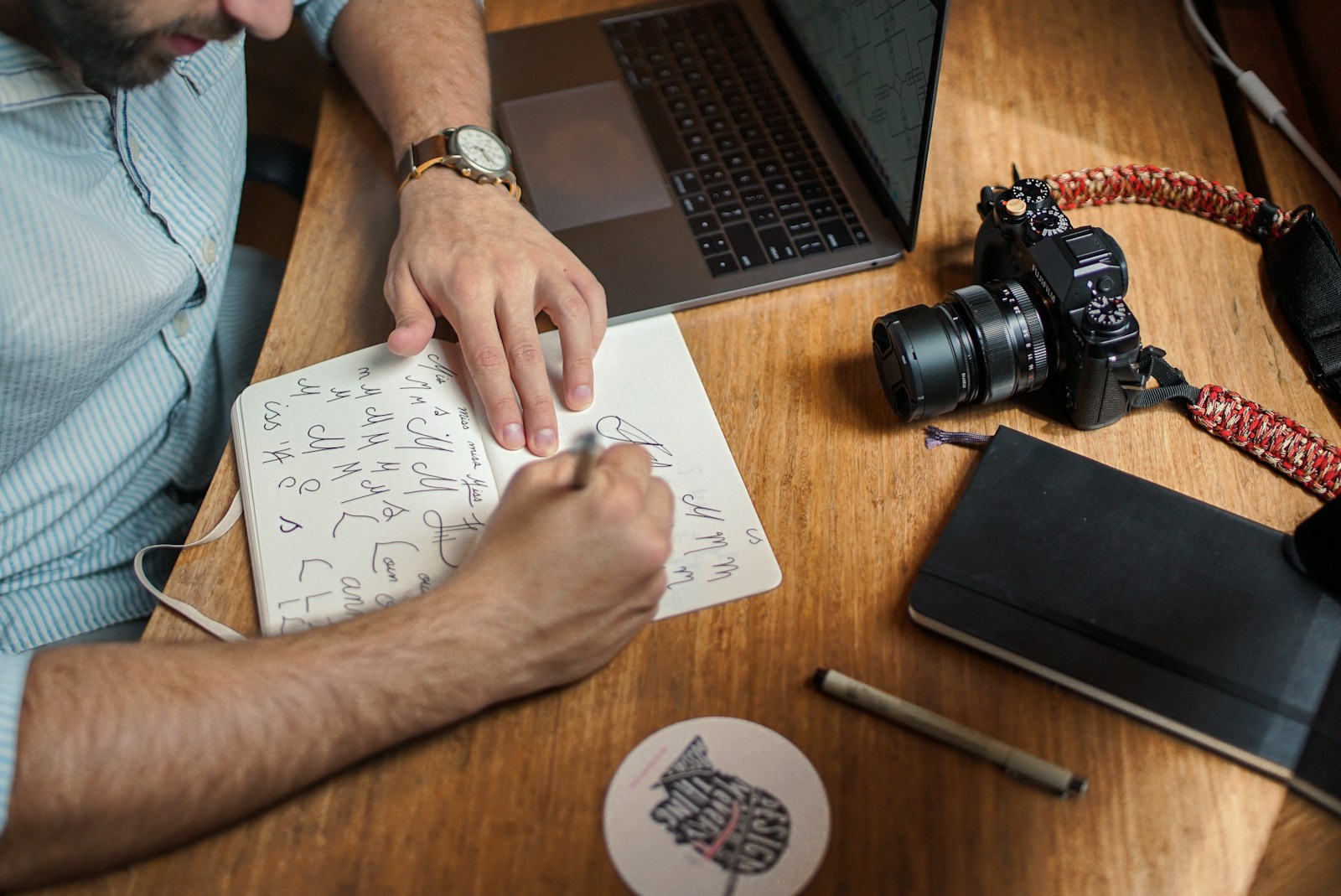Sustainability in Design: Eco-Friendly Trends for 2024
As the world increasingly prioritizes environmental sustainability, the design industry is rising to the occasion by adopting eco-friendly practices that reflect a commitment to preserving our planet. In 2024, sustainability in design is set to take center stage, with innovative trends emerging that not only enhance aesthetics but also contribute to ecological well-being. This article explores key eco-friendly design trends shaping the industry and highlights how designers can integrate sustainable practices into their work.

1. Biophilic Design
Biophilic design emphasizes the connection between nature and the built environment. It incorporates natural elements into spaces to enhance well-being, creativity, and productivity. In 2024, designers will increasingly focus on biophilic principles, using materials, colors, and patterns that mimic nature. This trend may include incorporating living walls, natural light, and organic shapes in architecture and interior design. By fostering a connection with nature, biophilic design not only enhances aesthetic appeal but also promotes mental health and environmental sustainability.
2. Sustainable Materials
The choice of materials plays a crucial role in sustainable design. In 2024, there is a growing emphasis on using eco-friendly materials that minimize environmental impact. Designers are increasingly opting for recycled, reclaimed, and renewable resources, such as bamboo, cork, and recycled plastics. Additionally, the use of low-VOC (volatile organic compounds) paints and finishes is gaining traction, ensuring healthier indoor air quality. By prioritizing sustainable materials, designers can reduce waste and energy consumption while promoting responsible sourcing.
3. Circular Design
Circular design aims to create products and systems that minimize waste and maximize resource efficiency. In 2024, this trend will continue to gain momentum as designers embrace a circular economy approach. This involves designing products with longevity in mind, allowing for easy disassembly and repair. Brands are focusing on take-back programs and upcycling initiatives to extend product lifecycles. By incorporating circular design principles, designers can create more sustainable solutions that reduce the burden on landfills and promote a more responsible consumption model.
4. Minimalism with Purpose
Minimalism has long been associated with sustainability, as it encourages simplicity and functionality. In 2024, minimalism will evolve to focus on purposeful design, where every element serves a function and contributes to sustainability. Designers will create versatile, multifunctional products that meet the needs of consumers while reducing clutter and waste. This trend emphasizes quality over quantity, encouraging consumers to invest in fewer, high-quality items that stand the test of time.
5. Eco-Friendly Packaging
Packaging is a significant contributor to environmental waste, and designers are responding by innovating sustainable packaging solutions. In 2024, eco-friendly packaging trends will emphasize biodegradable, compostable, and reusable materials. Designers will explore innovative designs that minimize packaging waste, such as minimalist packaging that uses fewer materials and clever designs that allow for efficient shipping. By prioritizing sustainable packaging, brands can reduce their environmental footprint and appeal to eco-conscious consumers.
6. Digital Design for Sustainability
As digital design continues to expand, it offers unique opportunities for sustainability. In 2024, designers will increasingly focus on creating digital experiences that reduce reliance on physical materials. This includes promoting virtual events, digital marketing campaigns, and online resources that reduce travel and resource consumption. Furthermore, designers will prioritize optimizing digital products for energy efficiency, ensuring that websites and applications consume less energy during use. By leveraging digital platforms, designers can minimize their environmental impact while reaching a wider audience.
7. Community-Centric Design
Sustainable design is not just about materials; it also encompasses social responsibility. In 2024, community-centric design will emerge as a vital trend, focusing on creating inclusive spaces that foster community engagement and well-being. Designers will collaborate with local communities to ensure that projects meet their needs while respecting the local environment. This approach promotes sustainability by encouraging social equity and economic development, creating spaces that benefit both people and the planet.
8. Education and Advocacy
As sustainability becomes a central theme in design, education and advocacy will play crucial roles. In 2024, designers will increasingly take on the responsibility of educating clients and consumers about sustainable practices. This includes promoting the benefits of eco-friendly design choices and advocating for sustainable policies within the industry. By raising awareness and fostering dialogue around sustainability, designers can drive meaningful change and inspire others to adopt eco-friendly practices.
Conclusion
The trends in sustainable design for 2024 reflect a growing awareness of the need for environmental responsibility within the industry. By embracing biophilic design, sustainable materials, circular design principles, purposeful minimalism, eco-friendly packaging, digital solutions, community-centric approaches, and advocacy efforts, designers can contribute to a more sustainable future. As we move forward, the commitment to eco-friendly design will not only enhance aesthetics but also play a pivotal role in shaping a healthier planet for generations to come. Embracing these trends will empower designers to create impactful, responsible solutions that resonate with consumers and support the global push for sustainability.
